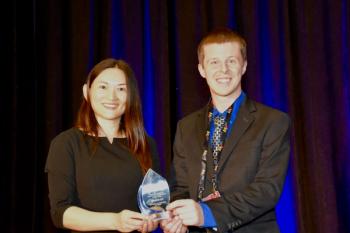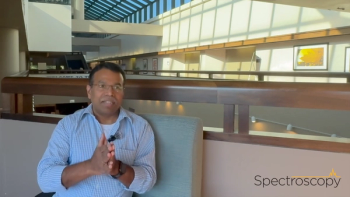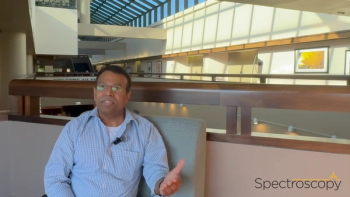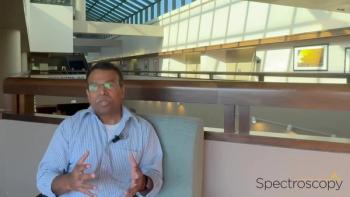
Unlocking the Secrets of Volcanic Glass: How Archaeological Fires Leave Their Mark
Archaeologists at SciX 2023 uncovered the hidden impact of ancient fires on volcanic glass, reshaping our understanding of its use in dating and correlation at archaeological sites. Jayde N. Hirniak's groundbreaking research sheds light on taphonomic processes, offering crucial insights for the field of archaeology.
At SciX 2023 at the Golden Nugget Resort in Sparks, Nevada, conference attendees from around the world gathered to explore the fascinating world of taphonomic processes and their impact on volcanic glass shards. The talk titled "The Effects of Archaeological Fires on Volcanic Glass Shards: An Experimental Approach" was delivered by Jayde N. Hirniak, a prominent researcher affiliated with Arizona State University.
The conference, SciX 2023, held in the Southern Pacific F room of the Golden Nugget Resort, provided a unique platform for scientists and scholars to delve into the intricacies of archaeology and taphonomy. Among the various captivating sessions and presentations, Jayde N. Hirniak's talk stood out as a pioneering effort to shed light on the often-overlooked consequences of ancient fire use on archaeological materials (1).
Throughout the Middle and Later Stone Age in South Africa, the use of fire was a common and integral part of human behavior (1). Many archaeological sites in the region bear witness to this practice through the preservation of combustion features in their stratigraphy, showcasing the continuous and habitual use of fire by our ancestors. However, the effects of direct heat and burning on the materials present within sediment layers have long intrigued scientists (1).
In particular, volcanic ash has played a crucial role in dating and correlating events at these archaeological sites. The geochemical signature of volcanic glass within these deposits allows researchers to link them to specific volcanic eruptions in time (1). Yet, a significant gap in understanding emerged when it came to the influence of fire conditions on the geochemistry of volcanic glass.
Hirniak's research aimed to bridge this gap by conducting a series of meticulous experiments. The study involved both indirect heating, simulating conditions in a kiln, and direct heating through real-world fire experiments. In these controlled environments, 0.5 grams of volcanic ash were subjected to incremental temperature increases from 200 to 900 degrees Celsius (1).
To replicate conditions akin to archaeological fires, volcanic ash was also mixed into experimental fires. Following these experiments, the major and trace element chemistry of the volcanic glass was carefully analyzed. The results provided invaluable insights into the changes that occurred during these processes, shedding light on the taphonomic effects of heat and burning on volcanic glass shards (1).
This research holds immense significance for the archaeological community, as it unravels the mysteries surrounding the geochemistry of volcanic glass and its alteration because of the presence of fire. Understanding these taphonomic processes is crucial for the successful use of volcanic glass as a dating and correlation tool at archaeological sites marked by the abundant use of fire (1).
Hirniak's work not only contributes to our understanding of the past but also underscores the importance of interdisciplinary research in archaeology. This talk at SciX 2023 offers a glimpse into the methods and techniques that continue to reveal secrets into our ancient history.
This article was written with the help of artificial intelligence and has been edited to ensure accuracy and clarity. You can read more about our
Reference
(1) Hirniak, J. N. The Effects of Archaeological Fires on Volcanic Glass Shards: An Experimental Approach. Presented at SciX 2023 in Sparks, Nevada, October 9, 2023.
Newsletter
Get essential updates on the latest spectroscopy technologies, regulatory standards, and best practices—subscribe today to Spectroscopy.




